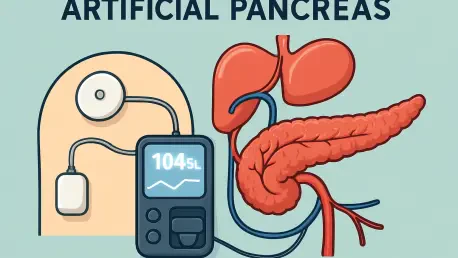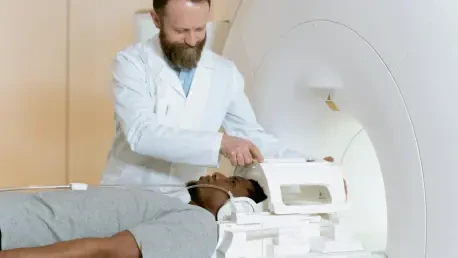
In the realm of bioengineering, certain individuals make contributions so significant that they shift the direction of entire fields. David Gough, a pioneering figure in this domain, particularly in glucose sensing and biosensors, stands as an exemplar of such enduring impact. His work has

In the realm of breast cancer research, Ivan Kairatov stands out as a biopharma expert bringing innovative insights to the understanding of tumor dynamics. Our conversation today centers around a groundbreaking study from Fox Chase Cancer Center, which deeply examines tumor growth rates and the

The Medical Imaging Confidence Index (MICI) for the third quarter of 2025 reveals a multifaceted landscape within the radiology sector. Amidst this dynamic environment, radiology administrators in the United States exhibit a complex mix of optimism for growth and apprehension about current Medicare

A groundbreaking study from the University of Colorado Anschutz Medical Campus has emerged, focusing on the application of open-source artificial intelligence tools in the medical scan reporting domain. It highlights a significant development: these tools can perform on par with costly commercial

In the dynamic domain of nanotechnology, the utilization of nanomaterials is essential for propelling advancements across numerous industries, including electronics, medicine, and environmental science. The caliber of reference materials significantly impacts these developments, as these materials

In the evolving landscape of medical imaging, technological advancement holds immense potential in transforming global healthcare outcomes. Dr. Ge Wang stands at the forefront of this transformation, contributing significantly through his work in X-ray computed tomography (CT) and artificial